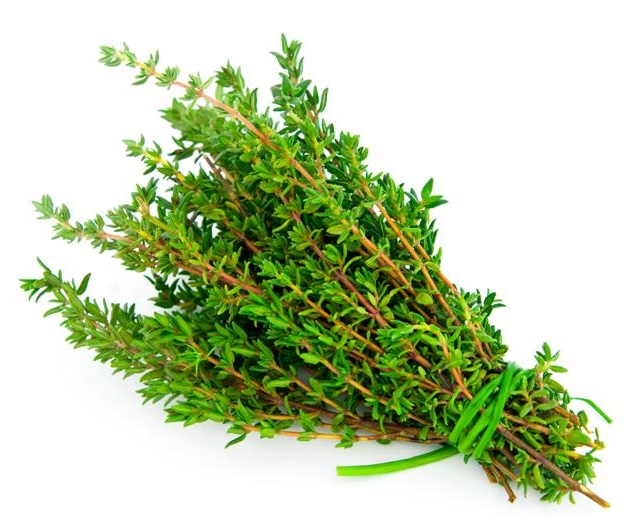Name: Thymus
Alias: Its Smelliness
Gender: Plant
Domain (Portfolio): Plant (Herbs)
Domain (Portfolio) Description: Plants, also called green plants, are multicellular eukaryotes of the kingdom Plantae. They form an unranked clade Viridiplantae that includes the flowering plants, conifers and other gymnosperms, ferns, clubmosses, hornworts, liverworts, mosses and the green algae. Green plants exclude the red and brown algae, the fungi, archaea, bacteria and animals.
There are about 300–315 thousand species of plants, of which the great majority, some 260–290 thousand, are seed plants. Green plants provide most of the world's molecular oxygen and are the basis of most of Earth's ecologies, especially on land. Plants that produce grains, fruits and vegetables form humankind's basic foodstuffs, and have been domesticated for millennia. Plants play many roles in culture. They are used as ornaments and, until recently and in great variety, they have served as the source of most medicines and drugs. The scientific study of plants is known as botany, a branch of biology.
In general use, herbs are any plants used for food, flavoring, medicine, or fragrances for their savory or aromatic properties. Culinary use typically distinguishes herbs from spices. Herbs refer to the leafy green or flowering parts of a plant (either fresh or dried), while spices are produced from other parts of the plant (usually dried), including seeds, berries, bark, roots and fruits.
Herbs have a variety of uses including culinary, medicinal, and in some cases, spiritual. General usage of the term "herb" differs between culinary herbs and medicinal herbs. In medicinal or spiritual use any of the parts of the plant might be considered "herbs", including leaves, roots, flowers, seeds, root bark, inner bark (and cambium), resin and pericarp.
Alignment: Plant
Personality: PLANT
Appearance:  Musical Theme: Lets add some spiceDescription:
Musical Theme: Lets add some spiceDescription: Plant
Concealment Level: Garden Plant
Detection Level: Garden Plant


